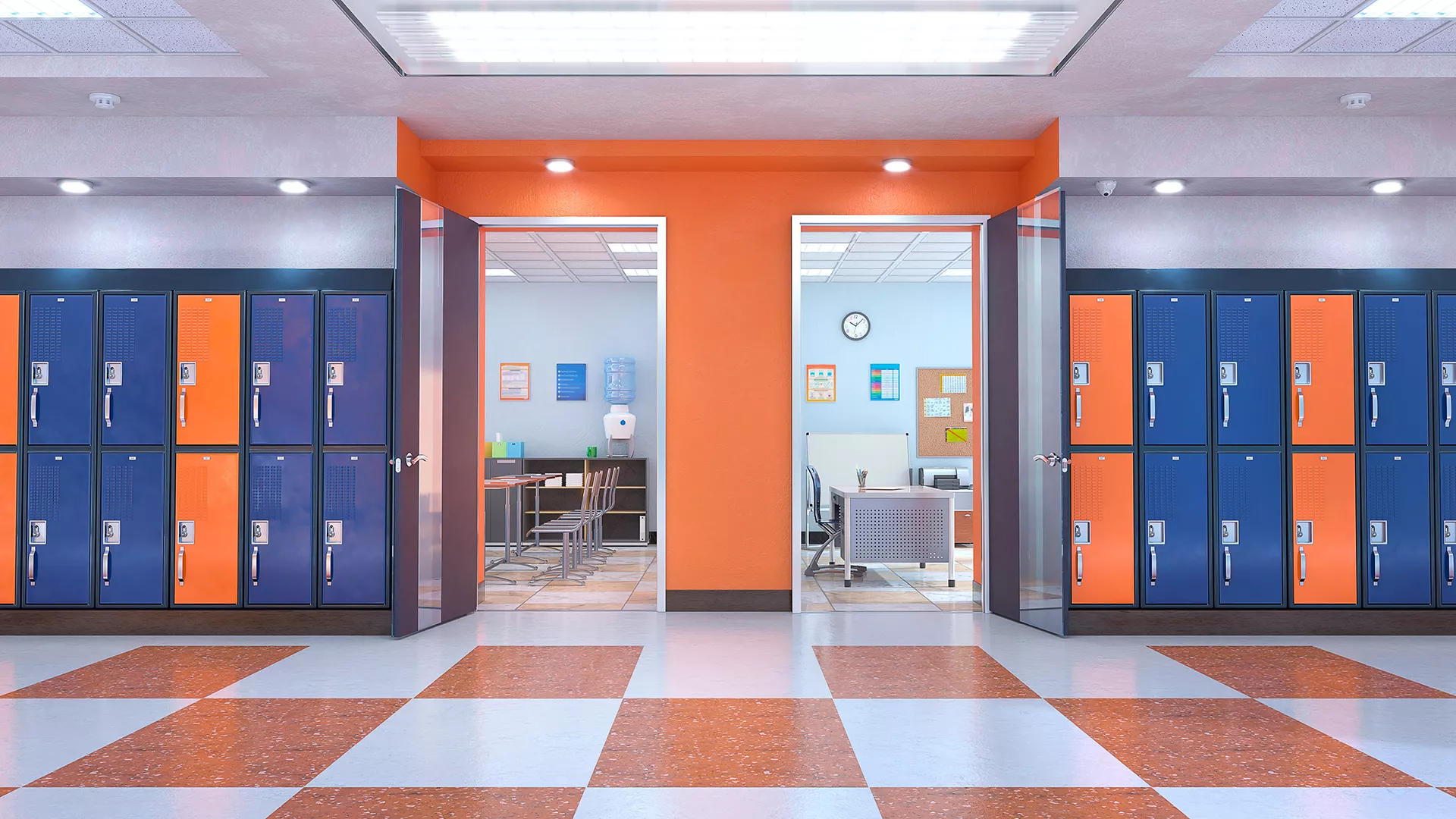A wide variety of health and safety hazards pose risks to educators and students in educational settings. Educators’ working conditions are students’ learning conditions. Staff and other members of the community can play a crucial role in recording, reporting, and resolving such hazards by conducting building walkthroughs of indoor spaces.
The National Education Association (NEA) created the building walkthrough toolkit and a variety of checklists to improve the health and safety of students and staff however, it is still an employer’s fundamental responsibility to provide a safe and healthy environment.
Measuring CO2 in indoor spaces, like classrooms, can—when done properly—serve as a screening tool to determine when ventilation in that space needs further investigation and potential improvement. NEA created a document to provide guidance on what to look for in CO2 monitors; explain how to effectively use them and interpret the results, and outline cautions when using results to make decisions about IAQ.
Clean Air

Addressing Indoor Air Quality in Schools
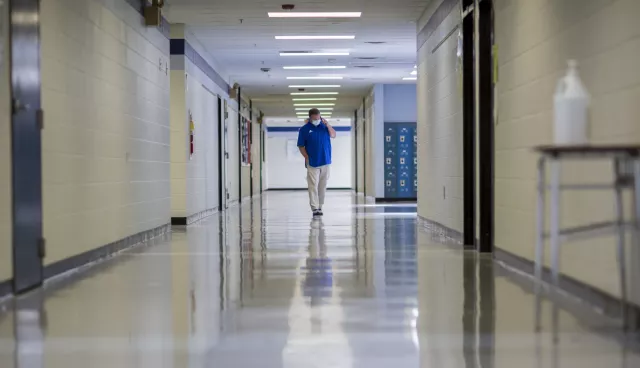
Indoor Air Quality Plans in Schools
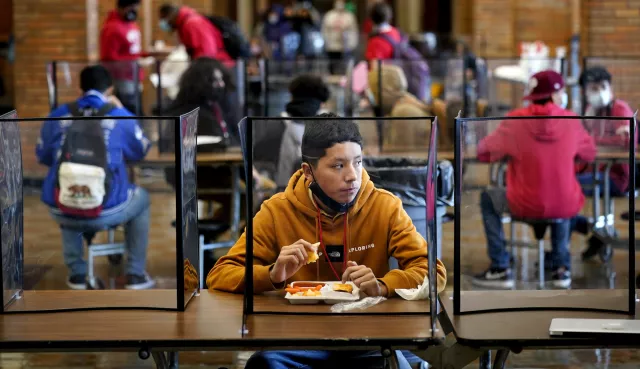
How to Evaluate Building Ventilation Using Carbon Dioxide Monitors

Ensuring Safe and Just Schools: Ventilation

Is Your School Building Making You Sick?
Healthy Schools Roadmap
The COVID-19 pandemic highlighted the interdependence of health and learning and the need to increase alignment and coordination across health and education systems. It also created a historic opportunity to build systems that better serve the whole child and their educators.
The National Healthy Schools Collaborative, a group of nationally recognized organizations working in health and education including the National Education Association, has developed a 10-Year Roadmap for Healthy Schools to inspire communities to build on the work they are already undertaking to meet this moment.
Environmental Justice
The NEA recognizes that people of color and low-income communities suffer the most from the devastating impacts of pollution and climate change, and the union is committed to advancing climate and environmental justice.
NEA President Becky Pringle served as a key commissioner on K12 Climate Action, and the group of education leaders developed an action plan to outline the needs and opportunities for the education sector to take action toward environmental justice.
This is only the very beginning of our work. In the coming year, NEA efforts around ensuring climate and environmental justice for all students is going to expand and grow — we can’t wait to get to work.
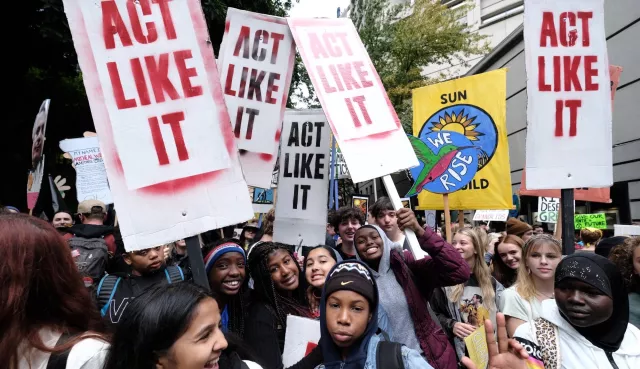
Green Schools, Now!
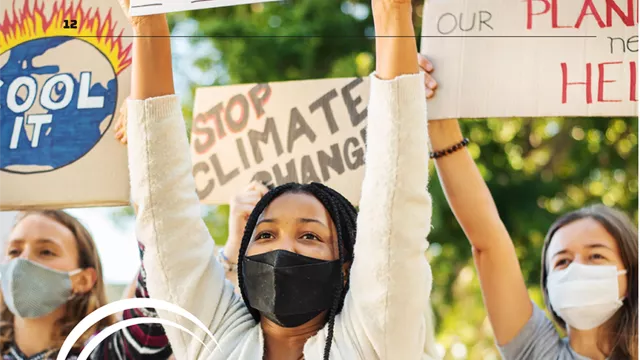
Environmental Justice: Why We Should Teach it and How to Get Started

